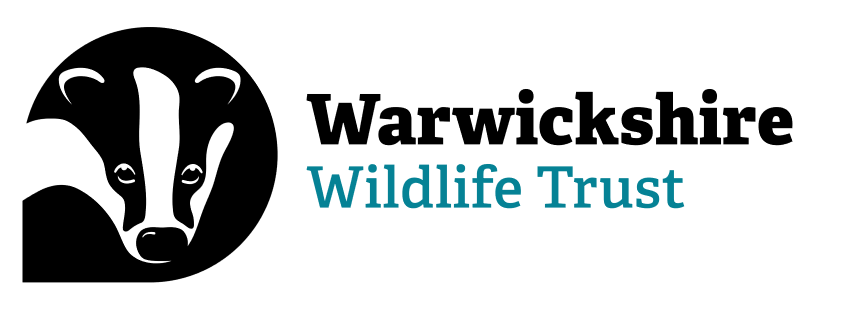Have your say on plans for new housing in Rugby
Rugby’s new housing plan is out for public consultation until the 19th May.
The Local Plan:
- Will decide the location of future houses and developments
- Will review green infrastructure
- Doesn’t include our designation of ‘Wildbelt’, to protect land for conservation
- Will determine how much new habitat will be created for wildlife
- Will determine how much land is protected from development.
We are particularly concerned about the scale of housing development on land near to our important wildlife sites, key habitats and wildlife corridors.
A number of proposed areas of new housing and development are close to important ‘Local Wildlife Sites’. We are concerned about the negative impact on vulnerable wildlife on these sites from increased traffic, lighting, noise and increased activity.
Local Wildlife Sites act as vital refuges for wildlife in a landscape which is already fragmented by roads, housing, and development. Whilst it is important to provide housing and infrastructure, these developments must work with nature to deliver positive outcomes for both wildlife and people. House building targets in the plan seem to have been grossly exaggerated, putting additional pressure on important wildlife sites.
We are particularly concerned about the amount of housing and employment development proposals, such as a development south of Leicester Road, directly next to Wolvey Wetlands Reserve and Local Wildlife Site.
400 homes are proposed in Brinklow, which sits in our Dunsmore Living Landscape project area, as well as a 350,000 sqm employment park near Ryton and Dunsmore close to important nature habitats.
We would hope that the Council would have considered alternative locations away from important wildlife corridors and nature reserves, to lessen the impact on wildlife, in their initial site assessment work. We need to increase habitat connectivity, not fragment it, so we can make a difference for wildlife on a landscape scale.
The Plan states ‘Biodiversity Net Gain’ at 10% will be used as a tool to deliver biodiversity ambitions and increased diversity of plant and animal life, but there is nothing ambitious about the already required target of just 10% net gain. We believe this target should be 20%. Other Councils in the UK have adopted plans with higher targets, such as Cornwall Council.
We are pleased to see a Tree Canopy Target and climate change policies within the plan, but would also like to see the protection and designation of ‘potential’ local wildlife sites as these are often important wildlife habitats.
We are extremely concerned that there is no specific ‘Local Nature Recovery Strategy’ policy. This is a fundamental policy needed to help to deliver the government’s targets of 30% more land in recovery for nature by 2030. Without a Local Nature Recovery Strategy, there is no clear plan of how this can be achieved.
Here at the Trust, our planning team are writing a detailed legal objection letter to the Council regarding the plan.
We also invite you to have your say and voice your concerns on the following points:
- An increase on Biodiversity Net Gain to 20%
- A Wildbelt policy allocating land for nature's recovery
- A strong and enforceable ‘Nature Recovery Strategy’ policy
- An updated ‘Green Infrastructure Assessment’ looking at potential wildlife sites and local wildlife corridors
- Allocation of ‘Local Wildlife Sites’ to protect important local habitats.
You can do this until the 19th May:
